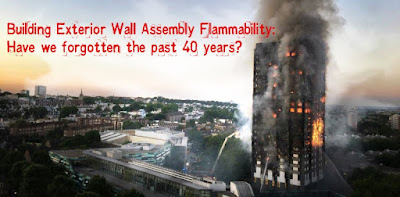The job of the fire department is to protect the community from the hazards and loss that a fire can bring. However, we cannot effectively accomplish this goal if we do not take care of our own. The following standards have been developed for this purpose:
- NFPA 1500, Standard on Fire Department Occupational Safety and Health Program
- NFPA 1581, Standard on Fire Department Infection Control Program
- NFPA 1582, Standard on Comprehensive Occupational Medical Program for Fire Departments
- NFPA 1583, Standard on Health-Related Fitness Programs for Fire Department Members
The starting point for firefighter safety programs is NFPA 1500. This standard addresses safety issues, requirements, and responsibilities related to administration, professional development, apparatus, PPE, operations, medical and physical fitness, and behavioral health and wellness.
This standard also addresses concerns associated with fire department facility, fire station, safety. Section 9.2 requires all fire department facilities to be inspected at least annually, with a monthly walkthrough to address issues. These inspections are to ensure compliance with the facility safety standard of NFPA 1500, chapter 9. Model facility inspection programs consist of observance of OSHA standards, general housekeeping, egress, fire extinguishers, life safety, electrical issues, apparatus bay, and the building exterior. To assist in this inspection process we have created an inspection tool for you to download.






